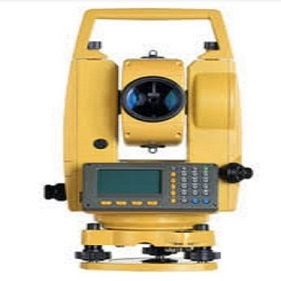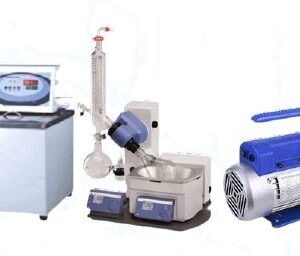STEREO ZOOM MICROSCOPE
MAKE DINESH SCIENTIFIC
DESCRIPTION
A stereozoom microscope, alternatively referred to as a stereo or stereoscopic microscope, is a kind of optical microscope intended for low to moderate magnification three-dimensional object observation. It is frequently employed when a detailed, three-dimensional image of a specimen is needed in a variety of scientific, industrial, and educational contexts.
LIGHT MICROSCOPES:
- The most popular kind of microscope used in pathology and research are brightfield microscopes. They are useful for seeing stained specimens and offer a bright background.
USING BOTH EYES AT ONCE:
- A binocular eyepiece or eyepieces enable users to view the specimen with both eyes when using a stereozoom microscope. Comparing this to monocular microscopes, the viewing experience is more comfortable and natural.
MODIFICATION OF MAGNIFICATION:
- In a stereozoom microscope, the term “zoom” describes the capacity to continually adjust the magnification within a predetermined range. The magnification level can be changed by the user to study the specimen at various scales or to concentrate on certain details.
TRINOCULAR HEAD (OPTIONAL):
Some models come with a trinocular head, allowing users to attach a camera for imaging or documentation purposes while simultaneously viewing through the eyepieces.
RESEARCH USES:
- In several scientific fields, such as cell biology, microbiology, neuroscience, and developmental biology, microscopes are essential instruments. The structure and operation of cells, tissues, and organisms are studied by researchers using microscopes.
TECHNICAL DETAILS:
MODEL |
DS-MS-10 |
| CAMERA | |
| Image Resolution | 12 Megapixel, full-screen image capture for detailed visuals |
| IR-Cut Coating | Coating at 650 nm to reduce infrared interference |
| Frame Rate | Records live video with a resolution of 3840 x 2160 pixels at 60 frames per second, which can be seen on HDMI monitors. |
| Annotation & Measurement | Allows for the annotation and measurement of length, area, angle, diameter, and perimeter in real time. |
| Pixel Calibration | Synchronizes automatic pixel calibration with coded zoom adjustments |
| Recording Options | Supports both image and video recording with a built-in gallery |
| Comparison Feature | Enables direct comparison with overlays or reference photos with predetermined tolerances. |
| Edge Detection | Provides edge detection support for precise circular measurements |
| HDR | High Dynamic Range enhances contrast and balances live image quality |
| Negative Mode | Highlights difficult-to-see details using a negative mode |
| COMPUTER | |
| Workstation Brand | High-quality branded workstation |
| Processor | 13th Generation Intel Core i9 |
| RAM | 32 GB DDR5 memory |
| Operating System | Windows 11 Professional |
| Graphics Card | 4 GB NVIDIA Quadra T1000 |
| Storage | 1 TB NVMe SSD combined with 2 TB HDD |
| Monitor | 27-inch IPS LED display |
| Peripherals | Includes wireless keyboard and mouse |
| Software | Pre-installed Microsoft Office 2021 |
| UPS | 1100 VA / 660W uninterruptible power supply |
| Zoom Magnification | · Electronically coded 9:1 optical zoom
· 55x magnification (with 10x eyepieces) |
| Optics Correction | Zoom lenses that are fully apochromatic adjusted and have a resolution of 250 line pairs per millimeter. |
| Working Distance | 120 mm long working distance |
| Observation Angle | Inclined angle between 30° and 35° for comfortable, fatigue-free use |
| Camera Adaptability | 50%:50% beam splitting between the camera and binoculars in an integrated camera access system. |
| Eyepieces | 10 pairs of eyepieces that are appropriate for both people who wear glasses and those who don’t; field number 23 features symmetrical eye cups and integrated reticle holders. |
| Base Plate Dimensions | 330 x 255 mm |
| Focusing Column Height | 350 mm |
| Focusing Stroke | 120 mm |
| Transmitted Light Illumination | High-performance LED illumination with constant color temperature and 25,000-hour lifespan; intensity controller; 60 mm object field diameter |
| Contrast Enhancement Mechanism | Designed for semi-transparent or low-contrast samples; suitable for high magnification levels |
| Incident Ring Light | LEDs have an average lifespan of 25,000 hours, a constant color temperature of 6100K, and variable brightness and intensity control for uniformly brilliant, shadow-free illumination. |












Reviews
There are no reviews yet.